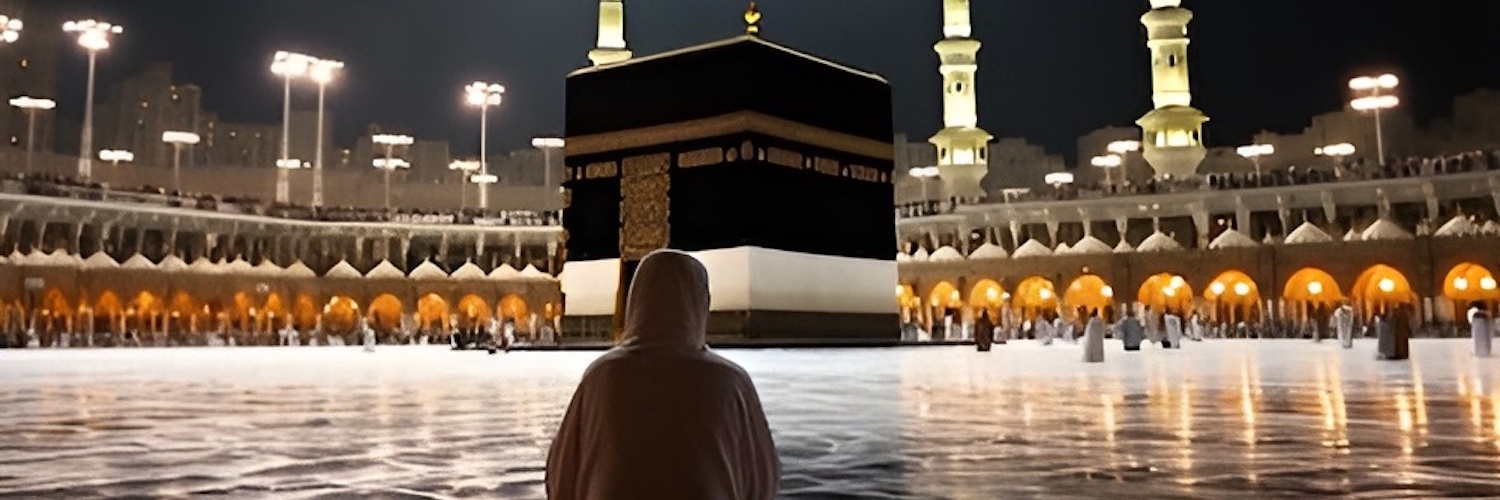Welcome to Our Everything About Umrah Blog!
- Umrah New Visa Rules
- Haramain Train
- The most up-to-date information about Umrah.
- Visa Saudi
- Do It Yourself DIY Umrah
- Umrah Tips to Consider Before Your Journey
- Empowering Muslim Women in Solo Travel
-
Mastering Your DIY Umrah: A Strategic Guide to Plan Your Journey
In our ongoing series of articles dedicated to Umrah, we offer a profound exploration of its historical roots, purpose, step-by-step procedures, invaluable guidance, and specialized insights to provide you with a deep and comprehensive understanding of this sacred pilgrimage.
Join us on this spiritually enriching journey, guided by the illumination of knowledge.
Umrah stands as a voluntary spiritual odyssey embraced by every Muslim, a testament to their devotion to Allah. While not obligatory, it is highly recommended to perform Umrah at least once in a lifetime, setting it apart from the mandatory Hajj pilgrimage. One of its distinctive aspects is its flexibility, with no fixed time, month, day, or year, allowing Muslims to embark on this journey at their convenience.
This sacred expedition, often referred to as the ‘lesser pilgrimage,’ unfolds within the hallowed precincts of Mecca, the holiest city in Islam. Derived from the Arabic word “E’atmar,” signifying ‘visit,’ Umrah represents a pilgrimage with the profound aim of purifying the soul, attaining inner serenity, and forging a closer connection with the Divine.
Unearthing the History of Umrah
In the early years of Islam, a backdrop of high tensions prevailed between the Muslims residing in Mecca and the polytheists, who vehemently obstructed Muslims from fulfilling their pilgrimage to the Kaaba.
In the pivotal year 628 AD (6th Hijri), Prophet Muhammad (peace be upon him) led a group of Muslims from Medina to Mecca for their Umrah pilgrimage. However, they encountered staunch opposition from the Quraysh tribe. In a remarkable display of respect for the sanctity of the Kaaba, the Prophet (peace be upon him) chose not to employ force. Instead, diplomatic negotiations ensued, culminating in the historic Treaty of Hudaybiyah. This treaty ushered in a ten-year truce, granting Muslims access to the Kaaba for three days annually.
In the subsequent Hijri year, the Prophet (peace be upon him) returned to Mecca, accompanied by a congregation of 2000 Muslims, comprising men, women, and children. Here, they carried out the inaugural Umrah rituals in Islam, etching a profound and significant historical moment.”
Don’t forget to subscribe to salambooking.com for the most up-to-date information and everything about Umrah.



